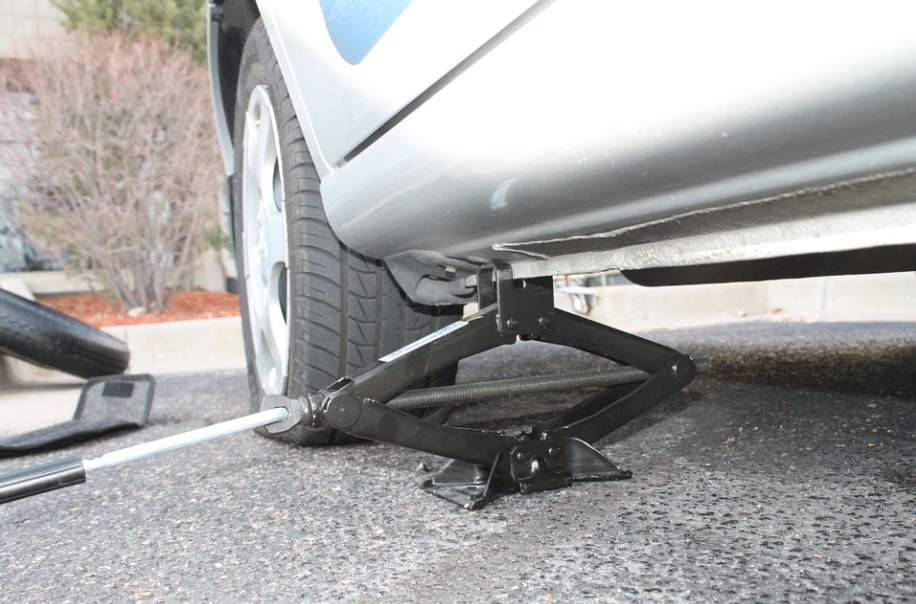The tires of the car, which is the rubber part of the wheels that serve as their exterior, are arguably the ones that withstand the harshest condition out of all the parts of the car. The tires are responsible for keeping the vehicle rolling on the road while also absorbing a lot of impact to keep the wheels intact.
Because tires are always touching the surface or the road, they are also the ones that get damaged a lot since they may come into contact with sharp objects, rocky paths, and other rough terrains that can cause numerous problems to the wheels. So, the tires would constantly need to be replaced in order for the vehicle to continue functioning. Without a new set of tires, a vehicle may experience numerous problems that can lead to further damages and even accidents.
It is not that easy to spot complications in tires, so trying to find damages and inconsistencies on them is a learning process. To help you learn faster, we are here to give you some proper tips on what to look for when it comes to finding faults in your car’s tires. So, let us already get started with the tips on how to know when your tires need replacing.
Aging
Almost all tires are made of materials that can wear out and deteriorate over time, which is why you should always check the age of your tires to make sure that you can replace them once they are too old or worn out. The rather fast deterioration of tires is most likely due to them being the parts that always come into contact with the road or surface, which can often have sharp objects, uneven pavements, and other factors that can damage the treads and the outer layer of the tires.
In addition, harsh weather conditions like severe rain and snowstorms can also affect the condition of the tires. After more than six years, the tires of the car will start to have cracks and pieces falling off. Before that happens, you should replace the tires at least once every four or five years. Also, you should rotate your tires or swap their locations once every six months to prolong their life.
Bulging Sidewalls
Bulging sidewalls usually occur when the tires collide with heavy objects and uneven roads that are caused by curbs or potholes. While durable and new tires don’t typically get bulges when they are used on rough terrain, it is the aging tires that often get damaged easily and subsequently produce bulges.
The most common reason why bulges occur is that some of the air pressure within the tires gets in between the outer layer and the inner layer of the tires. Because these air pockets are forcing the outer layer of the tire to bulge upwards, the outer layer doesn’t have the inner layer supporting it, thus prompting it to get easily damaged and ruptured while the vehicle is moving. The rupture would then result in a flat tire. Before the tire gets ruptured due to bulges, it would be best to replace it right away with new tires.
Worn Treads
Worn treads are the most common reason why experienced drivers change their tires, as treads are arguably the most important aspect of tires that needs to be inspected and maintained. Without treads, wheels would get slippery and may cause accidents or damages to the car. To check for tread wear, you may need to have a tread depth gauge or indicator with you to accurately measure tread height.
The treads of each tire should be at least 2/32 inches or 0.16 centimeters in height for it to grip the surface properly. If it is lower than the said measurements, you should replace the tires with new ones immediately. Keep in mind that tire treads do not wear out evenly, so make sure that you measure all treads in each tire.
Vibration
If you feel like you are driving on an uneven or rough road even though you aren’t because of how vibration you can feel inside the car, then your tires could be experiencing some problems within them. Vibration in tires is another common problem that often occurs due to aging.
The reason why faulty and old tires vibrate is that the inner layer of the tires, which connects it to the wheel, is not properly attached anymore due to damage. This vibration would eventually lead to the tires separating from the wheel, which is a major problem that your vehicle shouldn’t experience. Once you feel a vibration coming from the tires, we recommend that you get it replaced as soon as possible at a nearby auto repair service center that is experienced in replacing tires.
Finding these signs can be challenging for new car owners and drivers, so it wouldn’t be wrong to consult an auto repair shop or a local mechanic if you begin experiencing problems with your vehicle. Moreover, you should also learn or hire someone to do regular checkups or inspections to ensure that your vehicle’s safety and performance will remain in good condition for longer periods of time.

